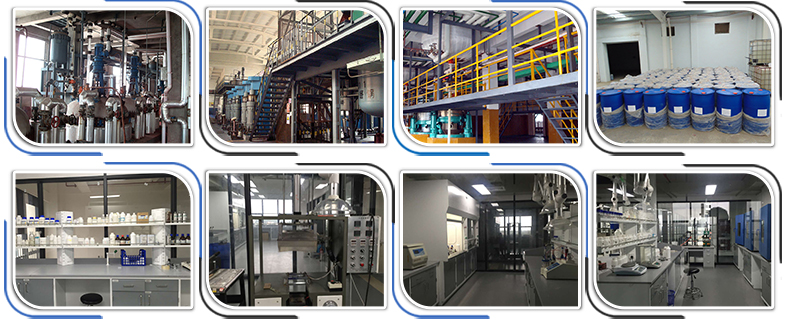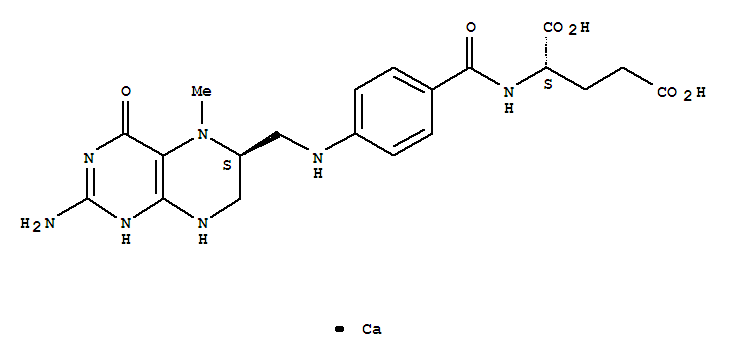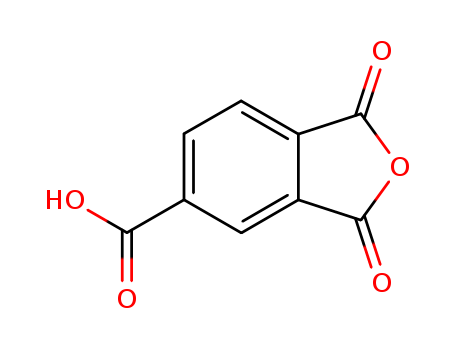- Product Details
Keywords
- alcohol
- EtOH
- hydroxyethane
Quick Details
- ProName: Ethanol/95%
- CasNo: 64-17-5
- Molecular Formula: C2H6O
- Appearance: Clear colorless liquid
- Application: Dispersants, epoxy resins, antimicrobi...
- DeliveryTime: 2-3day
- PackAge: 160KG/Drum TANK or as required
- Port: Shanghai or Other
- ProductionCapacity: 1000 Metric Ton/Month
- Purity: 95(%)
- Storage: Store in dry, dark and ventilated plac...
- Transportation: by sea or by air
- LimitNum: 1 Kilogram
Superiority
| Product Name: | Etanol |
| Synonyms: | ALCOHOL, SDA 3C;ETHANOL ABSOLUTE DVH;1-hydroxyethane;Absolute ethanol;absoluteethanol;absoluterAlkohol;Aethanol;Aethylalkohol |
| CAS: | 64-17-5 |
| MF: | C2H6O |
| MW: | 46.06844 |
| EINECS: | 200-578-6 |
| Etanol Chemical Properties |
| Melting point | -114°C |
| Boiling point | 78°C |
| density | 0.789 g/mL at 20 °C |
| vapor density | 1.59 (vs air) |
| vapor pressure | 43 mmHg at 20 °C |
| FEMA | 2419 | ETHYL ALCOHOL |
| refractive index | 1.3614 |
| Fp | 12°C |
| storage temp. | Store at RT. |
| solubility | water: soluble (completely) |
| pka | 16(at 25℃) |
| form | Liquid. Colorless liquid / invisible vapor. |
| color | APHA: ≤10 |
| Specific Gravity | 0.80872~0.81601 |
| Odor | Pleasant alcoholic odor detectable at 49 to 716 ppm (mean = 180 ppm) |
| Relative polarity | 0.654 |
| PH | 7.0 (10g/l, H2O, 20℃) |
| explosive limit | 3.1-27.7%(V)(ethanol) |
| Water Solubility | miscible |
| Sensitive | Hygroscopic |
| λmax |
λ: 240 nm Amax: 0.40 λ: 250 nm Amax: 0.30 λ: 260 nm Amax: 0.30 λ: 270 nm Amax: 0.10 λ: 340 nm Amax: 0.10 |
| JECFA Number | 41 |
| Merck | 14,3760 |
| BRN | 1718733 |
| Exposure limits | TLV-TWA 1900 mg/m3 (1000 ppm) (ACGIH). |
| Stability: | Stable. Substances to be avoided include strong oxidizing agents, peroxides, acids, acid chlorides, acid anhydrides, alkali metals, ammonia, moisture. Forms explosive mixtures with air. Hygroscopic. |
| CAS DataBase Reference | 64-17-5(CAS DataBase Reference) |
| NIST Chemistry Reference | Ethanol(64-17-5) |
| EPA Substance Registry System | Ethanol(64-17-5) |
| History | Alcohol is produced naturally from the fermentation of sugars, and it is assumed that prehistoric humans consumed alcohol when eating fermented fruits. The earliest direct evidence of alcohol consumption dates from the Neolithic period 10,000 years ago and consists of stone jugs used for holding alcoholic beverages. Ancient records and art from Egypt, Babylon, Mesopotamia, and other early civilizations indicate the use of alcohol as a beverage, medicine, and ceremonial drink. Records also show that the intoxicating effects of alcohol were known for thousands of years b.c.e. Alcoholic drinks were stored in Egyptian burial tombs, and deities devoted to alcoholic beverages were worshiped by different civilizations. As the human population expanded, alcoholic drinks assumed a prominent role in different cultures; for example, numerous references are made to wine in the Bible. Ancient Islamic alchemists advanced the practice of alcohol production by using distillation techniques. Distilled alcohols began to appear in the Middle Ages and was used in many remedies and medicines. A common practice by alchemists in different regions was the preparation of special liquors and brews with healing power. Aqua vitae (water of life) could refer to brandy, gin, whiskey, wine, or another form of alcoholic depending on the geographic area. |
| Uses | One of the most prominent uses of ethyl alcohol is as a fuel additive and increasingly as a fuel itself. Ethyl alcohol is added to gasoline to increase its oxygen content and octane number. In the United States, the Environmental Protection Agency has mandated that oxygenated fuels be used in certain geographic areas to help meet air quality standards for carbon monoxide, especially in winter. A gasoline blended for this purpose may contain a few percent ethyl alcohol. Gasoline blended with ethyl alcohol is called gasohol. A typical gasohol may contain 90% gasoline and 10% ethanol. Gasohol reduces several common air pollutants including carbon monoxide, carbon dioxide, hydrocarbons, and benzene. Conversely, nitrogen oxides increase with gasohol. |
| Uses | Ethanol is used primarily as a solvent — animportant industrial solvent for resins, lacquers, pharmaceuticals, toilet preparations,and cleaning agents; in the production of rawmaterials for cosmetics, perfumes, drugs, andplasticizers; as an antifreeze; as an automotive fuel additive; and from ancient times, inmaking beverages. Its pathway to the bodysystem is mainly through the consumption ofbeverages. It is formed by the natural fermentation of corn, sugarcane, and other crops. |
| Uses | alcohol (alcohol SD-40; alcohol SDA-40; ethanol; ethyl alcohol) is widely used in the cosmetic industry as an antiseptic as well as a solvent given its strong grease-dissolving abilities. It is often used in a variety of concentrations in skin toners for acne skin, aftershave lotions, perfumes, suntan lotions, and toilet waters. Alcohol dries the skin when used in high concentrations. It is manufactured through the fermentation of starch, sugar, and other carbohydrates. |
| Uses | ethyl alcohol (Etanol) is commonly known as rubbing alcohol. ethyl alcohol is ordinary alcohol and is used medicinally as a topical antiseptic, astringent, and anti-bacterial. At concentrations above 15 percent, it is also a broad-spectrum preservative against bacteria and fungi, and can boost the efficacy of other preservatives in a formulation. Cosmetic companies tend to use alcohol SD-40 in high-grade cosmetic manufacturing as they consider ethanol too strong and too drying for application on the skin. obtained from grain distillation, it can also be synthetically manufactured. |
| Uses | Most ethyl alcohol is used in alcoholic beverages in suitable dilutions. Other uses are as solvent in laboratory and industry, in the manufacture of denatured alcohol, pharmaceuticals (rubbing Compounds, lotions, tonics, colognes), in perfumery, in organic synthesis. Octane booster in gasoline. Pharmaceutic aid (solvent). |
| Uses | Suitable for use in the precipitation of nucleic acids. |


Details
Changzhou Xuanming Chemical Co., Ltd. is dedicated to the technology development, manufacturing, import and export chemicals, which are specialized in pharmaceutical intermediates, pesticide intermediate, industry of fine chemicals and custom synthesis. Now, we enjoy good reputation among customers and take favorable market share in domestic and at abroad.
Changzhou Xuanming Chemical CO., LTD is located in Northern Jiangshu Industry Park, we have modern manufacture bases and some laboratories, which can supply the key intermediate for your projects, and short your synthesis scheme and supply you a reference compound for bioassay or a high purity analytical standard. We have been abided by “treat technology as first, quality as basis, customers as God, and be honest and sincere”. It is our final aim to provide environmental and high technological products and meet customers’ requirements according to keep effors on developing new chemical fields.
Changzhou Xuanming Chemical CO., LTD promises to help you with heart and soul.










